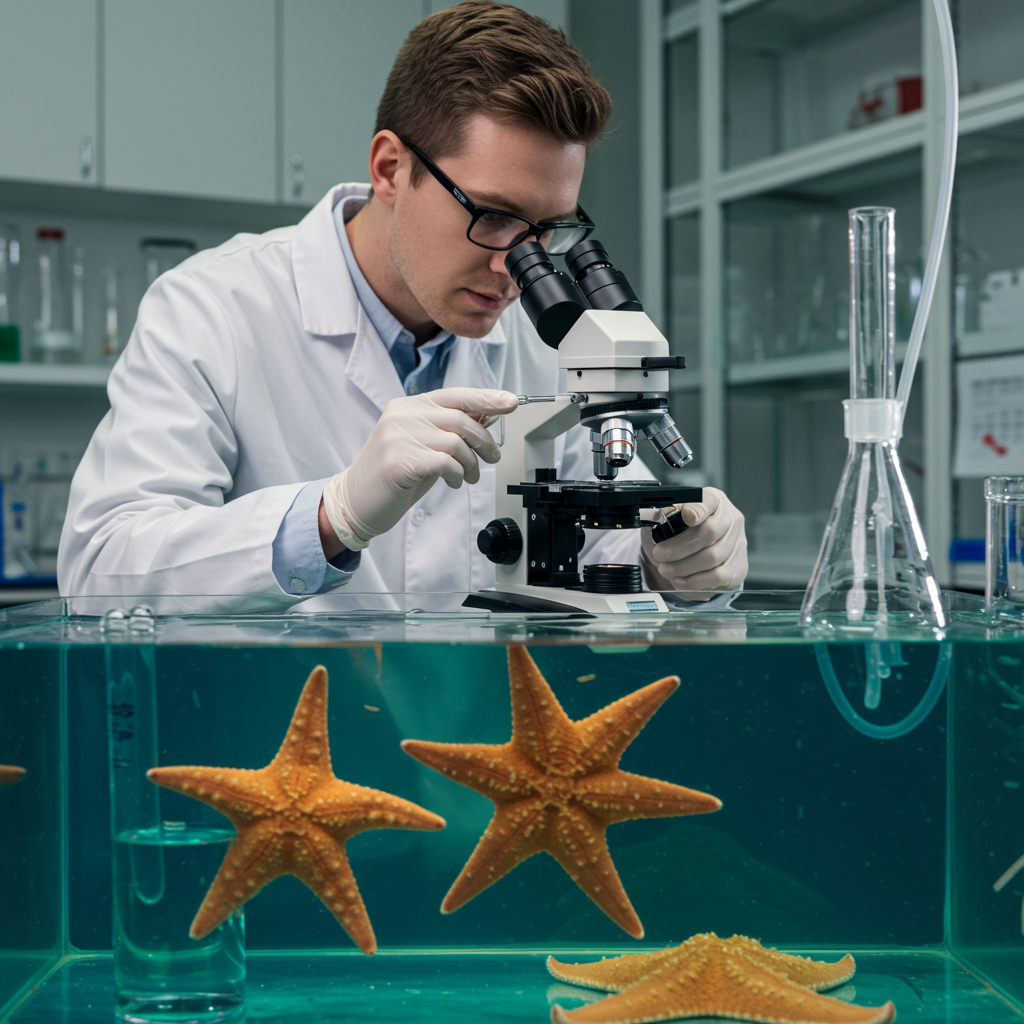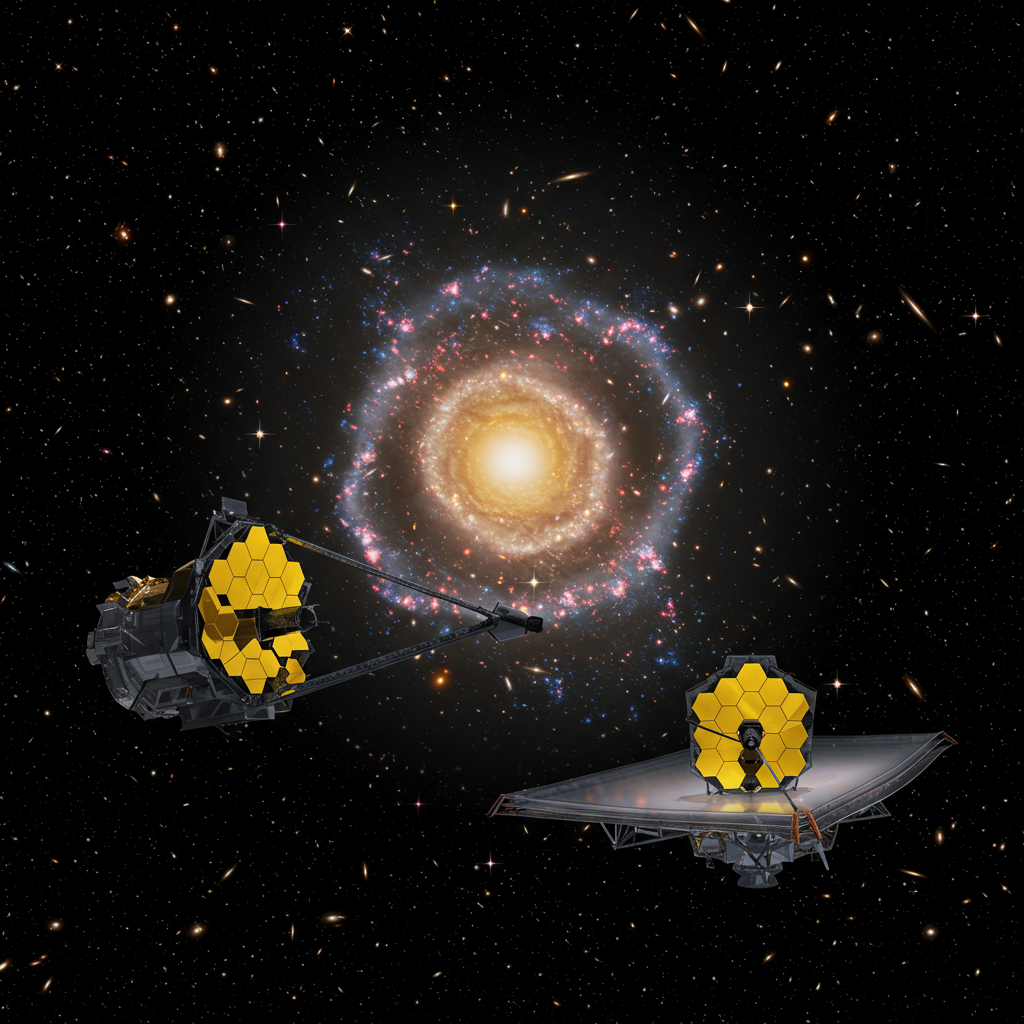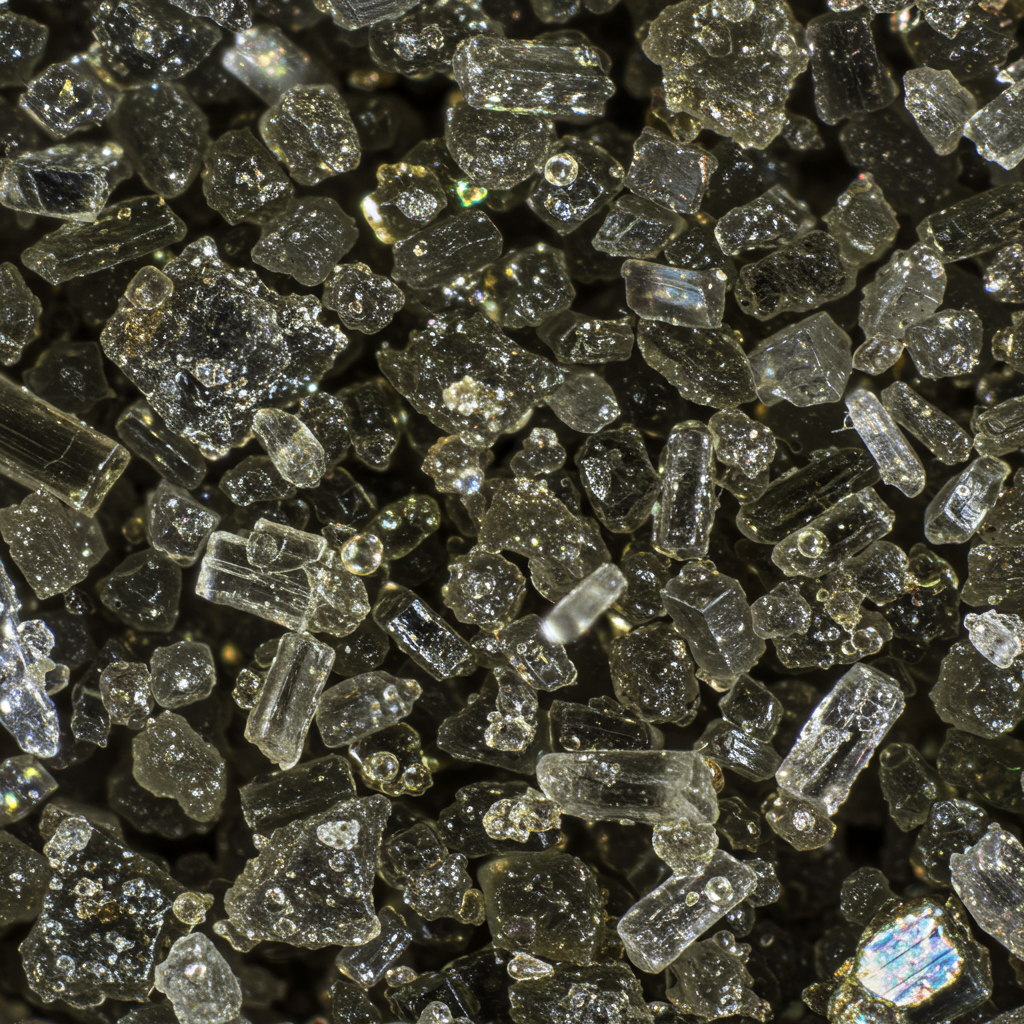A devastating marine mystery, which has seen billions of sea stars “melt” into goo, has finally been solved after more than a decade of intensive research. Scientists have pinpointed a specific bacterium, Vibrio pectenicida, as the definitive cause of the catastrophic sea star wasting disease (SSWD). This critical discovery, detailed in the journal Nature Ecology & Evolution, offers a beacon of hope for the recovery of these vital ocean creatures and the fragile ecosystems they support.
The Grim Reality of Sea Star Wasting Disease
Since 2013, North America’s West Coast has witnessed an unprecedented marine wildlife pandemic. The sea star wasting disease emerged, rapidly spreading from Alaska to California and impacting at least 20 different sea star species. Among these, the magnificent, pizza-sized sunflower sea star (Pycnopodia helianthoides) suffered the most brutal blow.
Over 5 billion sunflower stars—a staggering 90% of their global population—wasted away. This mass mortality fundamentally altered marine ecosystems. As a keystone predator, sunflower stars naturally control populations of sea urchins. With their numbers decimated, urchin populations exploded, leading to rampant overgrazing that transformed vibrant kelp forests into barren underwater landscapes. This ecological domino effect underscores the profound impact of losing a single, crucial species.
Unraveling a Decade-Long Marine Mystery
For 12 years, the exact cause of SSWD remained elusive, frustrating scientists worldwide. An earlier 2014 study mistakenly identified a densovirus as the culprit, a finding later disproven. The challenge lay in distinguishing between harmless microbes naturally living on sea stars and the true pathogen. Many bacteria and viruses are associated with these animals, but few actually cause disease.
This complex biological “whodunit” demanded extraordinary scientific diligence. Researchers had to look beyond external tissues, where countless non-pathogenic microbes reside. The breakthrough required focusing on the sea stars’ internal, blood-like fluid, known as coelomic fluid, which proved to be the critical difference in solving this enduring puzzle.
The Breakthrough: Pinpointing Vibrio pectenicida
The new study, spearheaded by scientists from British Columbia’s Hakai Institute and collaborators, conclusively identified Vibrio pectenicida as the deadly pathogen. Biologist Alyssa-Lois Gehman, a key figure in the research, noted the irony: “It was surprising because it took us so long to find out that it was a Vibrio.” Other Vibrio bacteria are known to sicken corals and shellfish, and one species, Vibrio cholera, causes cholera in humans.
The research team’s methodology was meticulously rigorous, adhering to scientific gold standards akin to Koch’s postulates used in human pathology. They found significantly higher concentrations of Vibrio pectenicida in sick sea stars compared to healthy ones. Crucially, they were able to:
Isolate the bacteria from diseased specimens.
Grow it in the laboratory.
Induce the wasting disease in healthy sunflower stars by injecting them with the cultured Vibrio (specifically a strain called FHCF-3).
These steps were vital for proving causation, something previous studies had not achieved. Marine microbiologists, including Rebecca Vega Thurber of UC Santa Barbara and Blake Ushijima of UNC Wilmington, lauded the study as “much more convincing” and “thorough and cautious,” highlighting its rare success in identifying a non-human pathogen.
The Human Toll of Groundbreaking Marine Research
The discovery process was not without its emotional challenges for the dedicated scientists involved. Working with a disease that gruesomely kills a species teetering on the brink of extinction took a significant toll. Researchers like Jason Hodin and his team at the University of Washington’s Friday Harbor Labs, who raise sunflower stars, witnessed firsthand the traumatic progression of the disease.
The symptoms are horrific: a sea star’s arm will detach and seemingly “walk away” from its body. The remaining body then rapidly melts into goo, often within days. Given the critically endangered status of sunflower stars—declared so by the IUCN in 2020 and proposed as threatened by the U.S. government in 2023—the research team operated with the bare minimum number of animals necessary for robust evidence. Gehman’s personal pledge was to “learn something from” every animal that died. The team regularly acknowledged the sadness of their work, recognizing that while difficult, identifying the cause was the essential first step toward recovery.
A Glimmer of Hope: Pathways to Recovery
The identification of Vibrio pectenicida marks a pivotal moment, transforming the conservation outlook for sea stars. Knowing the specific pathogen opens doors to targeted interventions. Researchers are already developing potential solutions, including probiotics that could help healthy sea stars ward off the disease.
Early experiments have successfully infected other keystone sea star species, like the ochre star, with Vibrio, and tests are underway on 15 additional species to assess their susceptibility. This knowledge is crucial for future restoration efforts. Scientists can now implement monitoring programs to track the pathogen’s presence and begin the arduous process of rebuilding sunflower sea star populations. Successful reintroductions would not only save the species but also enable the recovery of devastated kelp forests, restoring vital marine biodiversity and strengthening coastal ecosystems against the impacts of climate change.
Challenges and the Future of Ocean Science
Despite this significant scientific breakthrough, the path to full recovery for sunflower sea stars will be long and arduous. Furthermore, the future of the vital research infrastructure that made this discovery possible faces uncertainty. Facilities like the U.S. Geological Survey’s Marrowstone Marine Field Station, where much of this groundbreaking work took place, are under threat from proposed budget cuts.
Environmental advocates warn that eliminating the Geological Survey’s biological research arm, as some proposals suggest, would dismantle “the backbone of environmental and ecological monitoring in the United States.” Sustained funding for scientific research is paramount to understand, mitigate, and ultimately reverse the impacts of diseases like SSWD on our fragile marine ecosystems.
Frequently Asked Questions
What is sea star wasting disease, and what causes it?
Sea star wasting disease (SSWD) is a severe condition that causes sea stars to rapidly decay, often referred to as “melting,” where their arms detach, and their bodies dissolve into a jelly-like substance. The disease first emerged as a mass die-off event along North America’s West Coast in 2013, devastating populations of various sea star species, most notably the sunflower sea star. After years of research, scientists have conclusively identified the cause as a specific strain of bacteria called Vibrio pectenicida, overturning earlier theories that a virus was responsible.
How did scientists finally identify the pathogen after a decade?
The breakthrough in identifying the Vibrio pectenicida pathogen came from a critical shift in research focus. Previous attempts often examined external sea star tissues, which harbor many non-disease-causing microbes. The successful team instead concentrated on the sea stars’ internal, blood-like coelomic fluid, where the pathogen was highly concentrated in sick individuals. Researchers then rigorously isolated the bacteria, grew it in a lab, and crucially, successfully induced the wasting disease in healthy sea stars by injecting them with the cultured Vibrio*, providing definitive proof of causation.
What are the ecological impacts of sea star decline, and what can be done for their recovery?
The severe decline of sea stars, particularly the sunflower sea star, has profound ecological impacts because they are a keystone species. As primary predators of sea urchins, their disappearance has led to an explosion in urchin populations. These voracious grazers then decimate kelp forests, critical ocean habitats that support vast marine biodiversity. For recovery, scientists are now developing probiotics to help healthy sea stars resist the disease and are testing other species for susceptibility. The ultimate goal is to monitor pathogen prevalence, implement conservation breeding programs, and reintroduce resistant sea star populations to help restore balance to marine ecosystems and allow kelp forests to rebound.




